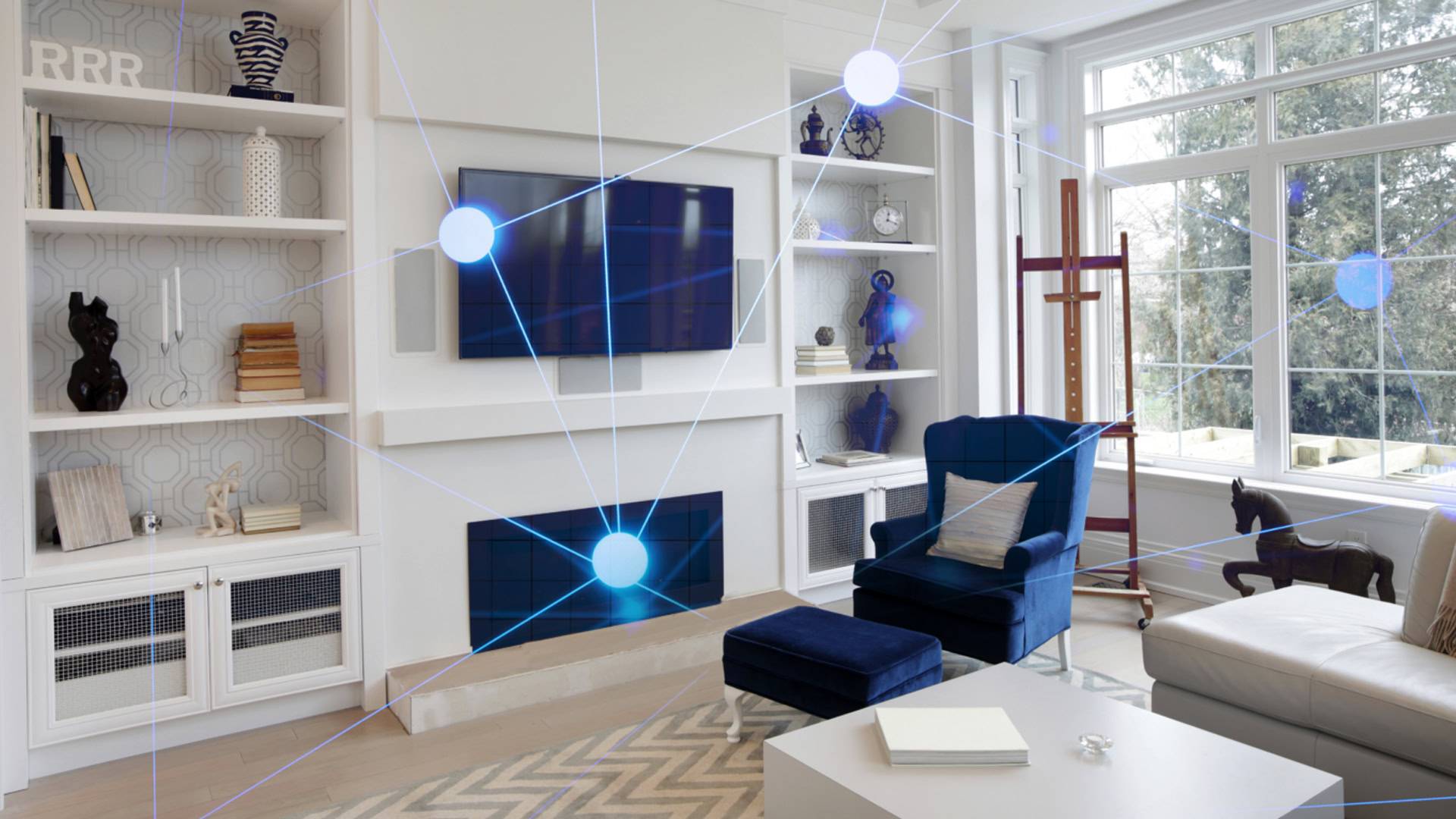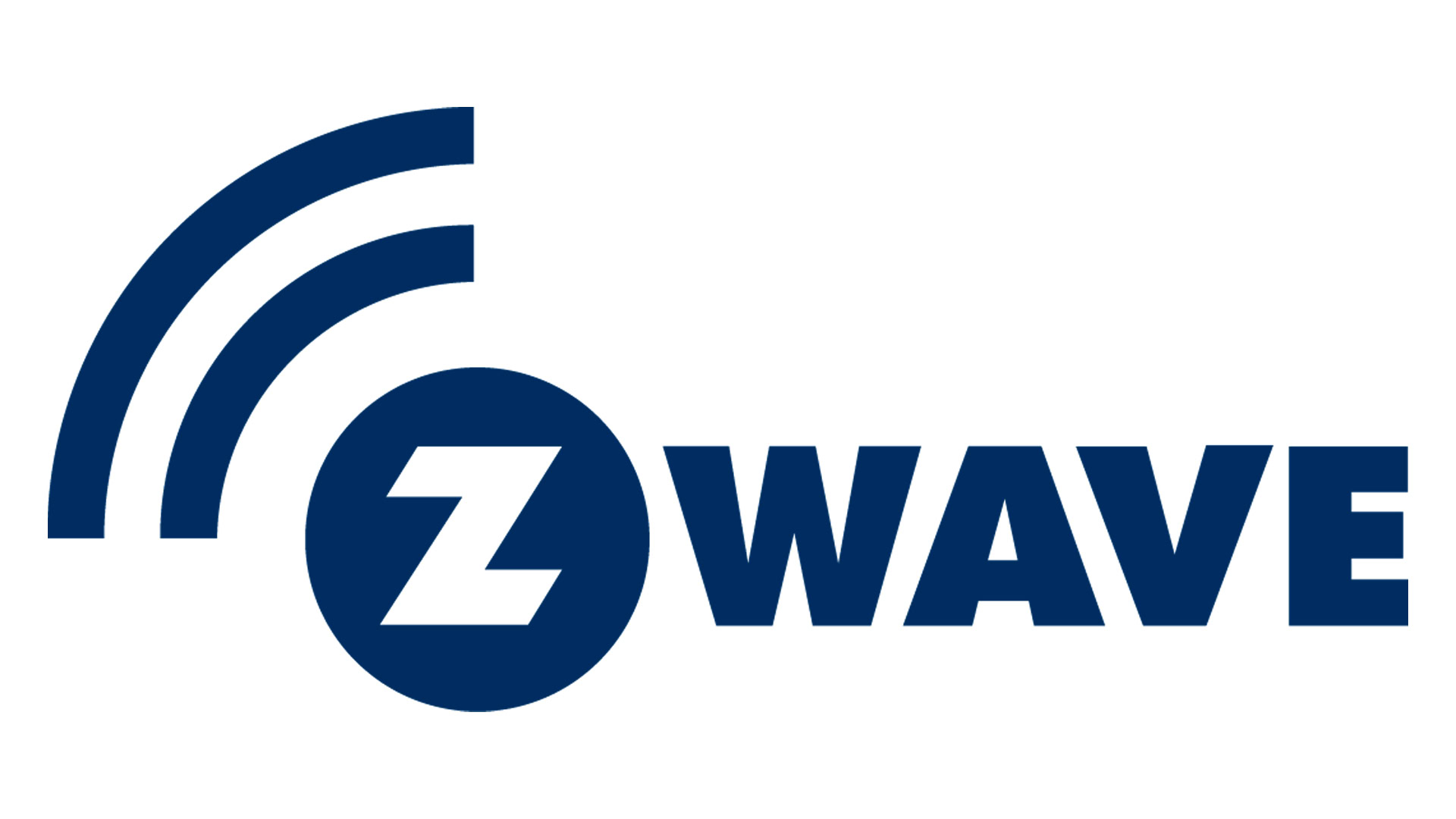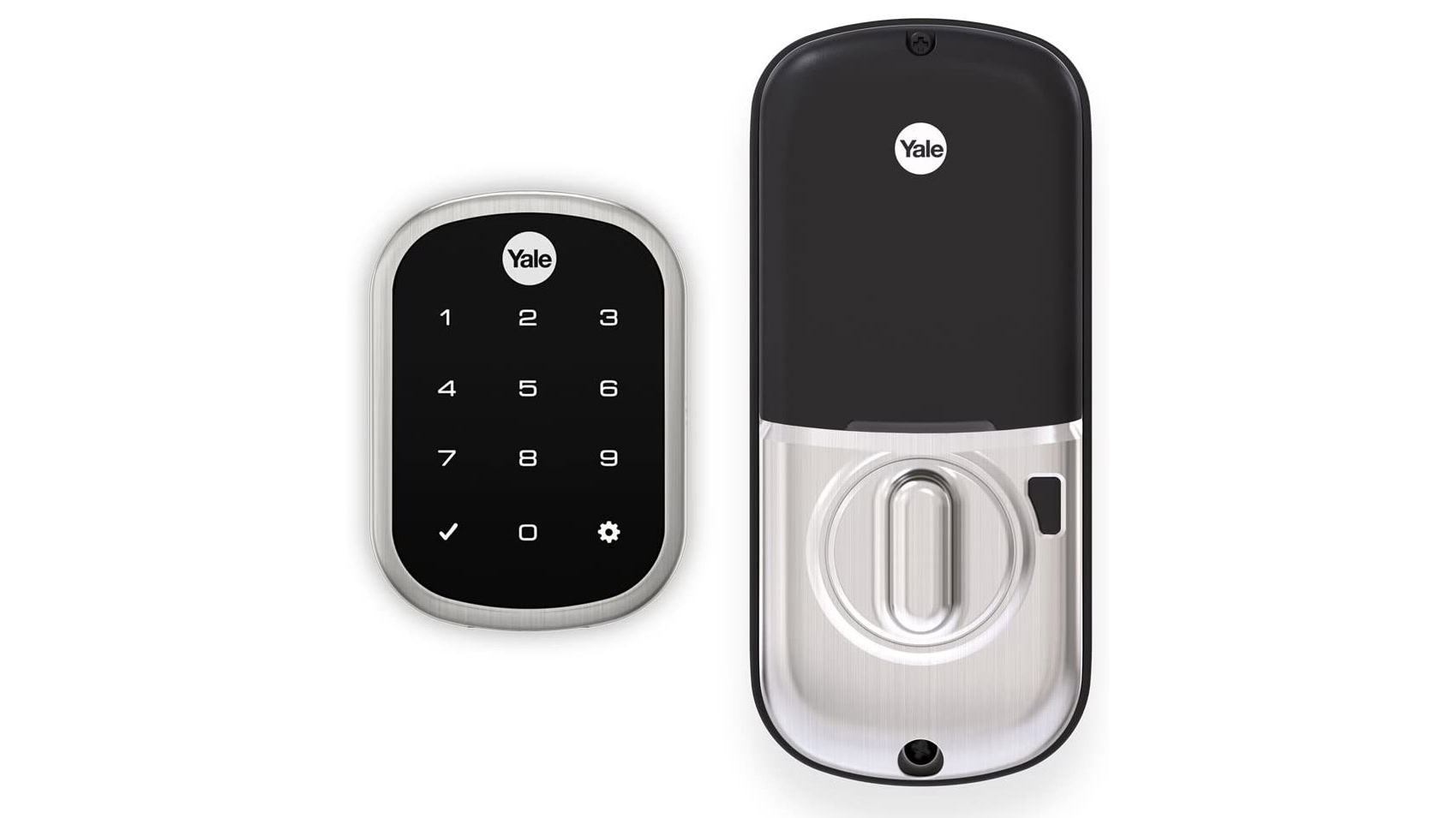Affiliate links on Android Authority may earn us a commission. Learn more.
What is Z-Wave? Everything you need to know
Published onFebruary 29, 2024

When you’re shopping for smart home devices, one of the most important terms to know — for now, at least — is Z-Wave. In a second we’ll explain what Z-Wave is, some of the products that support it, and why that “for now” condition is important to remember.
What is Z-Wave, and how does it work?

Z-Wave is a low-power mesh networking technology intended explicitly for smart home/building products. Though closely associated with Austin-based Silicon Labs, it’s now available as an open-source protocol, and there are over 300 participating companies in the Z-Wave Alliance such as Alarm.com, Assa Abloy, and Amazon’s Ring.
Like Zigbee, mesh functionality means that Z-Wave accessories can relay data directly to and through each other, rather than having to first talk to a central point (as with Wi-Fi devices). Z-Wave still requires a hub, but that hub can be distant from an accessory as long as there are additional Z-Wave products in between to act as repeaters. Hubs manage automations, connect to the internet, and link with third-party platforms like Amazon Alexa and Google Home.
Z-Wave is a smart home-focused mesh networking protocol with low power consumption and long range.
Perhaps the key distinguishing factor of Z-Wave is its range. It operates in the 800 and 900MHz bands, giving it a standard range of 100m (328ft). That’s well beyond the 10 to 30m (33 to 98ft) of Zigbee, and further distances are possible using later iterations.
Z-Wave Plus (also known as 500-Series, Gen 5, etc.) is an enhancement of the standard Z-Wave spec that offers up to 50 percent more battery life, up to 150m (492ft) of range, and up to 250 percent more bandwidth. There are also less obvious improvements, such as improved “self-healing” in the mesh — that is, your Z-Wave network should better re-route around faulty or missing devices. To really take advantage of Plus features however, every link in the connection from an accessory to a hub has to be equipped.
Z-Wave Plus v2 (a.k.a. 700-Series) supports ranges up to 100m (328ft) point-to-point, or 800m (about 2,624ft) across an entire network. Battery life can extend up to 10 years.
Z-Wave LR (Long Range) offers extreme reach, potentially up to 1 mile (about 1.6km). LR products communicate directly with a hub rather than using the standard mesh arrangement, but they can also coexist with other Z-Wave devices. Another benefit is up to 10 years of battery life on a coin cell, though of course that’s going to vary based on specific products and real-world usage.
Z-Wave 800-Series tech is similar to the 700-Series, but with further upgrades to battery life and security.
It should be added that standard Z-Wave supports up to 232 simultaneous devices on a network. The figure goes up to 4,000 with LR, but even that number is below the 65,000 or more possible with Zigbee.
Which products use Z-Wave?

The current catalog is over 4,300, according to the Z-Wave Alliance. That makes it impossible to list everything, but Z-Wave is an option for categories spanning from smart bulbs and smart locks through to garage door openers.
There is an unusual concentration of support in the home security space. Alarm.com, Ring, and Assa Abloy are founding members of the Z-Wave Alliance, while security system providers ADT and Vivint are listed as “principal” members. Among other brands, Canadians will recognize Telus, a telecoms giant that bases its security products on Alarm.com.
Z-Wave is ideal for things like locks and sensors.
The security focus is presumably because Z-Wave is ideal for things like locks as well as door, shatter, water, window, and motion sensors. Low power consumption means those products can be small and run for years off of disposable batteries. In that respect similar benefits are available from Zigbee, but Z-Wave offers the range advantage, which can sometimes be essential when lives and property are on the line.
Note that you won’t find Z-Wave in products like wireless cameras or smart speakers. The protocol isn’t built to carry much bandwidth, so anything transmitting large amounts of audio and video has to use Wi-Fi instead.
The future: Z-Wave vs Zigbee and Thread

We’ve already covered some technical differences between Z-Wave and Zigbee, but there are two other things we’ve yet to talk about: popularity and future compatibility.
While both Zigbee and Z-Wave have similar numbers of products on the market, Zigbee tends to be more common in the consumer space, particularly among smart bulbs. It’s relatively easy to find a Zigbee bulb, since they’re sold by companies including Sengled, Sylvania, Ikea, and Philips Hue. The only well-known Z-Wave bulb maker is Aeotec.
Z-Wave's biggest threat is Thread.
Amazon features built-in Zigbee hubs in some of its Echo devices, and it’s often easier to shop for Zigbee hubs overall. Some accessories may require a brand-specific hub for full functionality — Philips Hue lights being an example — but even then it’s often possible to get basic functions when pairing with generic hubs.
Z-Wave’s biggest threat is Thread. That standard is based on Zigbee but with a reduced need for hubs, since many Thread devices can act as their own “border routers” for connecting to the internet or establishing a local network. Thread is also closely associated with Matter, a protocol enabling simpler cross-platform compatibility. While Matter has had growing pains and Thread is just picking steam, Z-Wave products will forever be tied to hubs, Matter-enabled or otherwise.
Some Zigbee devices (like the hub in the 4th gen Echo) have already been upgraded to support Matter over Thread. There’s no such upgrade path for Z-Wave — so while neither it nor Zigbee are about to disappear in the near future, in a few years’ time, Z-Wave could become the smart home equivalent of Betamax.
Bear in mind that in the present market, Wi-Fi still tends to be more popular than Thread, Z-Wave, or Zigbee. Wi-Fi accessories don’t require a hub, which makes them cheaper and simpler to use in a lot of cases. For audio and video, Wi-Fi is the only option.
All Wi-Fi products lose automations when internet access goes down, and dozens of them can potentially overwhelm a router — but for many shoppers, that may be an acceptable tradeoff.